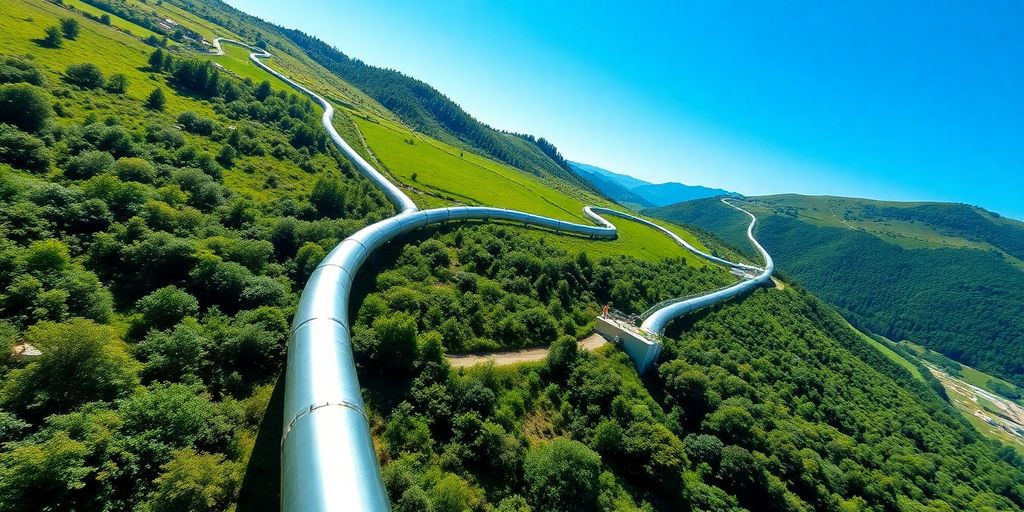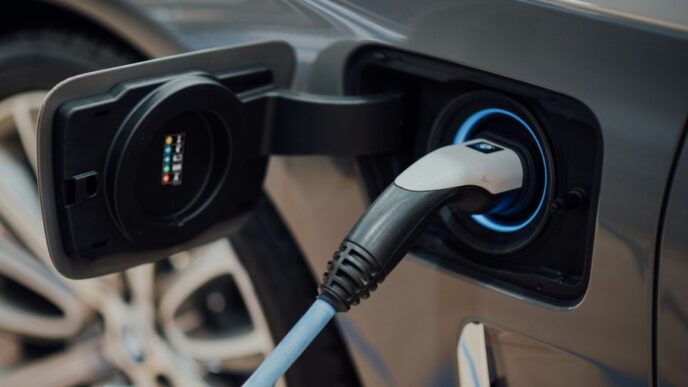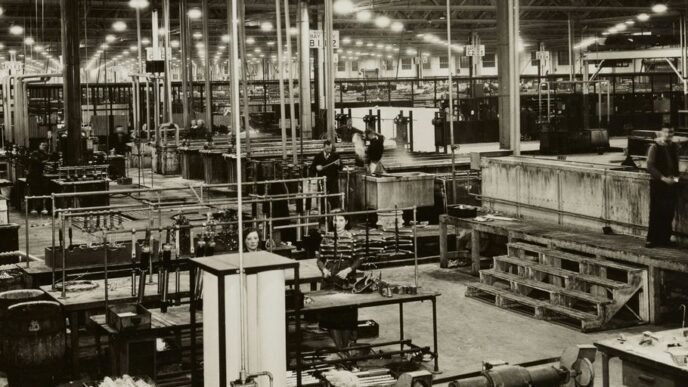Energie AG, Austria’s leading electricity and gas network operator, is set to transform sections of its natural gas pipeline into a hydrogen transport system. This initiative marks a significant step towards integrating green hydrogen into the country’s energy infrastructure, aiming to enhance sustainability and reduce carbon emissions.
Key Takeaways
- Project Overview: Energie AG plans to repurpose parts of the natural gas pipeline between Linz and Sattledt for hydrogen use.
- Dual-Use Pipeline: The new system will allow simultaneous transport of natural gas and hydrogen.
- Capacity: The hydrogen pipeline will have a diameter of 40 cm, capable of transporting up to 50 cubic meters of hydrogen per hour.
- Regulatory Approval: The project requires an amendment to the operating permit, which will be reviewed by the regional government.
- Green Hydrogen Focus: The initiative aligns with Austria’s commitment to renewable energy, utilizing green hydrogen from domestic producers.
Project Details
Energie AG has commissioned Netz Oberösterreich to oversee the conversion of the pipeline, which spans approximately 6,000 kilometers. The first section intended for hydrogen blending is expected to be submitted for approval soon. This dual-use pipeline will operate with one strand dedicated to natural gas and the other to hydrogen, facilitating a smooth transition to cleaner energy sources.
The hydrogen pipeline, designed with a diameter of 40 cm, is projected to transport up to 50 cubic meters of hydrogen per hour, depending on the pressure. This capacity is equivalent to around 170 megawatts, which is significant for powering Linz’s district heating power plant.
Regulatory Framework
To implement this dual-use system, Energie AG must amend its operating permit. The regional government will review the proposal, ensuring that all safety and operational standards are met. The legal framework for the project’s economic feasibility has already been established, paving the way for a successful transition.
Commitment to Green Hydrogen
Energie AG’s Chief Technical Officer, Alexander Kirchner, emphasized the importance of green hydrogen in the company’s vision for a renewable energy future. By repurposing existing natural gas pipelines, Energie AG is taking a proactive approach to enhance the region’s energy supply with sustainable alternatives.
Austria has also announced a €400 million subsidy package to support domestic renewable hydrogen producers, backed by the European Hydrogen Bank. This financial commitment underscores the country’s dedication to fostering a robust hydrogen economy and reducing reliance on fossil fuels.
Conclusion
Energie AG’s initiative to convert sections of its gas pipeline for hydrogen use represents a pivotal moment in Austria’s energy transition. By integrating green hydrogen into its infrastructure, the company is not only contributing to the reduction of carbon emissions but also positioning Upper Austria as a leader in renewable energy solutions. As the project progresses, it will serve as a model for other regions looking to embrace sustainable energy practices.














